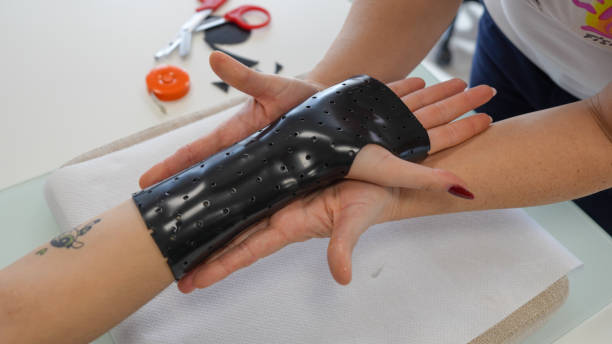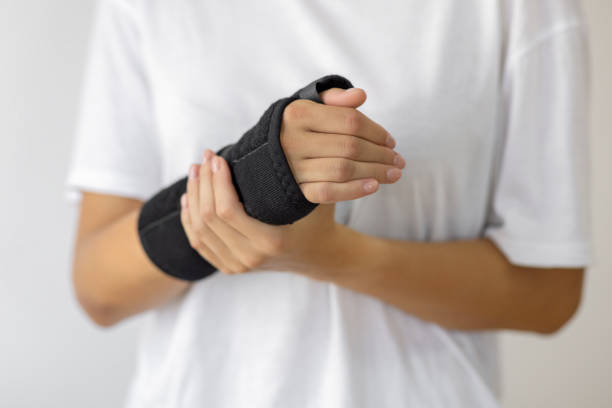|
One of the most common questions I hear in the clinic is: “Is it a fracture or just a break?” And my answer is always the same: It’s both! Despite what TV dramas or internet myths might say, the words fracture and break mean exactly the same thing. Both refer to a disruption in the continuity of a bone. Whether it’s a small crack, a clean snap, or a bone in multiple pieces — it’s still classified as a fracture (or a break). The terms are used interchangeably by doctors, therapists, and radiologists. So why the confusion? Often, “break” sounds more dramatic, while “fracture” sounds more medical. But rest assured, if you’ve been told you have a fracture in your hand, finger, or wrist — you do have a broken bone. Understanding this can be helpful when discussing your injury and planning your recovery. At your hand therapy appointment, we’ll assess the type of fracture, its location, and how it's healing. Some fractures are stable and heal well with splinting and protection. Others may need surgery, and we work closely with hand surgeons and your GP to ensure the best care. Once healing has started, therapy focuses on restoring range of motion, strength, and function. Scar management, swelling control, and graded return to activity are all part of the process. If you've been told you have a fracture — don't panic, but don’t ignore it either. Early intervention and a clear treatment plan are essential to avoid long-term stiffness, pain, or weakness. So remember: whether they call it a break or a fracture, your bone just needs the right support — and that’s exactly what hand therapy is here for. |
AuthorKate Crump- Physio, Archives
November 2025
Categories |







 RSS Feed
RSS Feed